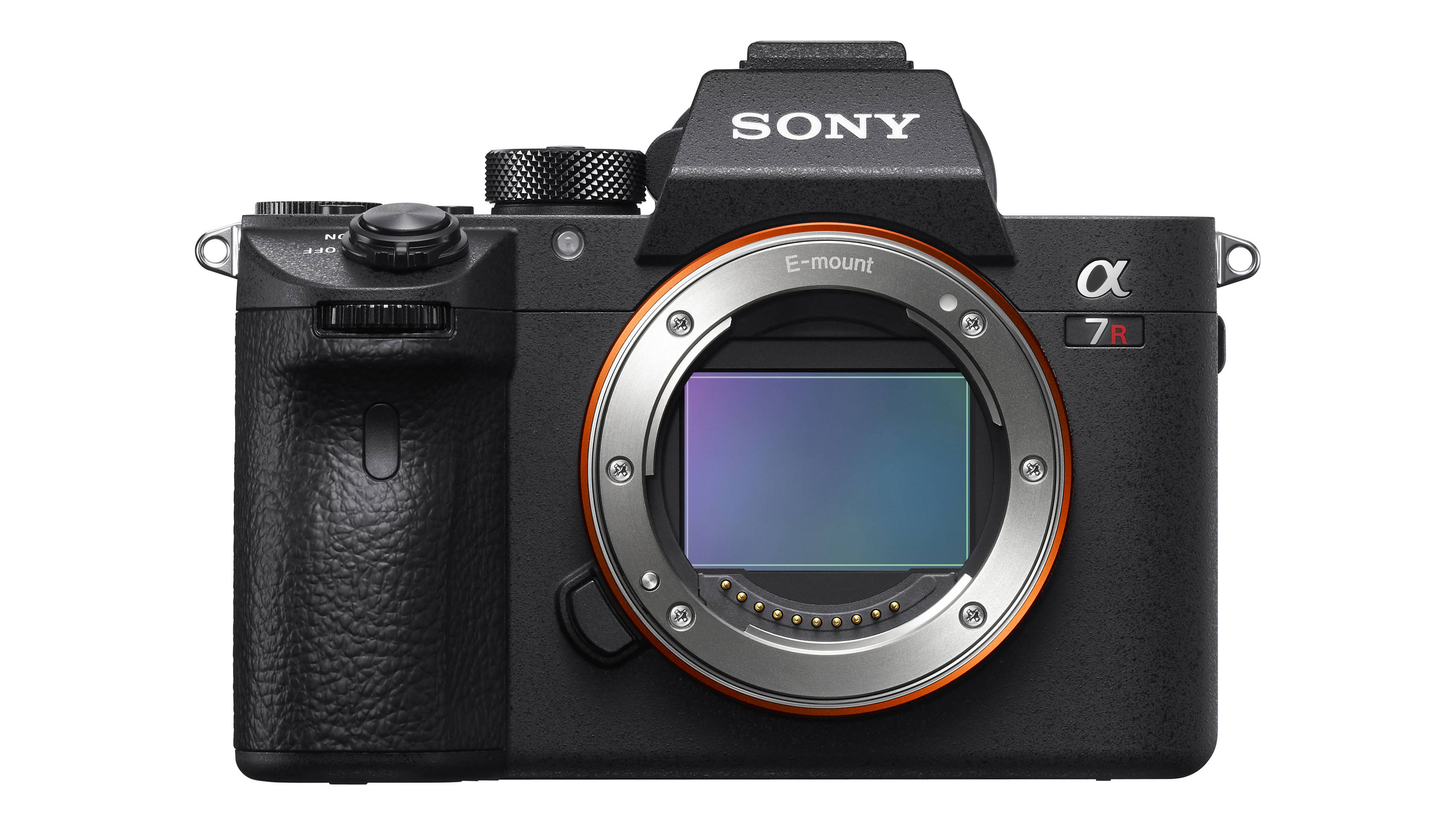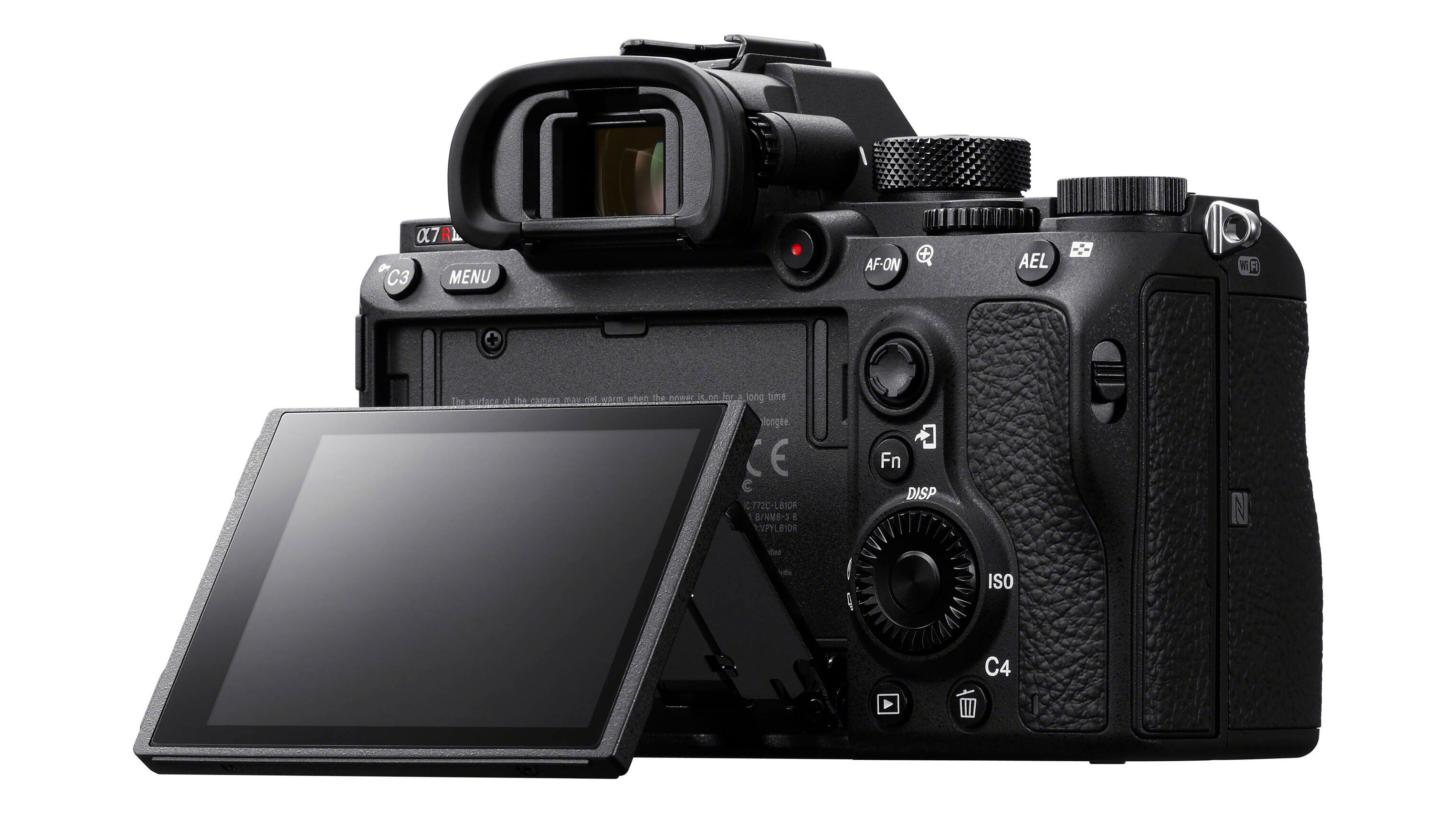Sony A7R III vs A7 III: resolution versus value, megapixels versus video!
The Sony A7R III and A7 III are both great cameras, and even the names sound the same, so how do you choose?

The decision between the Sony A7R III vs A7 III largely comes down to resolution, video and cost. Sony’s full-frame mirrorless cameras have had a massive impact on the camera market and the A7R III and A7 III in particular have been very popular with enthusiast and professional photographers. It’s easy to see why when you take a look at their specifications, small body size and browse through the long list of compatible lenses.
Sony has now introduced Mark IV versions of both cameras, but that doesn’t diminish what the A7R III and A7 III are capable of, and they are significantly more affordable than the new models. But how do you decide which of these two great cameras to go for? In this post we’ll discuss the key distinguishing features between the two to help you decide.
• Note: Sony now distributes the Sony A7R IIIa, a very small update of the original A7R III with a higher resolution rear screen – though the difference may not be obvious in use.
Sony A7R III vs A7 III
Why you can trust Digital Camera World
1. Sensor
• Sony A7R III: 42.4Mp 35mm full-frame Exmor R CMOS
• Sony A7 III: 24.2Mp 35mm full-frame Exmor R CMOS
For many photographers the difference in the pixel count of the sensors is the most important difference between the Sony A7R III and A7 III. An effective pixel count of 24Mp is regarded by many as the sweet spot, the resolution that delivers large enough images with plenty of detail without filling up the memory card or computer storage too quickly. Stepping up to a 42Mp sensor sees a significant increase in the level of detail that’s visible in images, and you can make larger prints, but you’re also likely to need to buy bigger memory cards and another storage drive or two. Also, if your computer is starting to struggle, processing the A7R III’s larger files may tip it over the edge.
2. Sensitivity (ISO) range
• Sony A7R III: ISO 100-32,000 expandable to ISO 50-102,400
• Sony A7 III: ISO 100-51,200 expandable to ISO 50-204,800
A high-resolution sensor is great if your priority is gathering detail or creating large prints, but it means that the pixels are smaller than those on a lower resolution sensor of the same size. Larger pixels gather more light which means they generate a stronger signal that doesn’t require as much gain to be applied. Consequently, the smaller images are less noisy than images from a high-resolution sensor. The upshot of this for the A7R III and A7 III is that the A7 III’s sensitivity (ISO) range goes higher and it’s a better performer in low light.
3. Continuous shooting and burst depth
• Sony A7R III: 10fps for 76 JPEGs, 76 compressed raw files or 28 uncompressed raw files
• Sony A7 III: 10fps for 177 JPEGs, 89 compressed raw files or 40 uncompressed raw files
Both cameras offer an impressive maximum shooting rate of 10 frames per second (fps), or 8fps with less viewfinder blackout, but the smaller size of the A7 III’s files enables it to capture many more images in a single burst. If you’re shooting JPEGs at 10fps, for example, the A7R III can shoot for around 7.6 seconds but the A7 III can keep going for over 17 seconds. That’s quite a difference, especially if you’re photographing a 100m race or the build up to a goal.
4. Viewfinder
• Sony A7R III: 0.5-inch 3,686,400-dot OLED EVF
• Sony A7 III: 0.5-inch 2,359,296-dot OLED EVF
Although they both have a 0.5-inch type OLED electronic viewfinder, the A7R III’s has 3,686,400 dots, and that’s over 1,300,000 more than the A7 III’s 2,359,296-dot finder. As a result, the A7R III’s viewfinder provides a crisper view with fewer artefacts or jaggies along some edges.
In all probability, you’ll be happy with the A7 III’s viewfinder as long as you don’t take a look in the A7R III’s!
5. Screen
• Sony A7R III: 3-inch 1,440,000-dot TFT
• Sony A7 III: 3-inch 921,600-dot TFT
Technically, the A7R III’s 3-inch screen is better than the A7 III’s because it has a higher resolution, but it reality it doesn’t make much of a difference. Yes, the A7R III’s screen is a tiny fraction sharper but it most real-world shooting situations it’s likely to make no difference.
Both screens are mounted on a bracket to enable them to be tilted up or down in landscape orientation, and they’re touch-sensitive but the touch-control can only be used for things like setting the AF point or zooming into an image to check sharpness.
6. Pixel Shift Multi Shooting mode
• Sony A7R III: Combines 4 images (requires computer software)
• Sony A7 III: Unavailable
The A7R III captures lots of detail, but if you want even more it has a Pixel Shift Multi Shooting Mode in which it captures 4 images in quick succession with the image stabilisation system shifting the sensor by a tiny amount between each. These files can then be combined using Sony’s free Imaging Edge desktop software. The end result is still a 42.4Mp file but there’s a fraction more sharp detail visible.
Strangely, given that the A7 III can’t capture quite as much detail as the A7R III, the A7 III doesn’t have a Pixel Shift Multi Shooting mode.
7. 4K video
• Sony A7R III: 4K full width with line skipping, 4K Super35 crop with oversampling
• Sony A7 III: 4K full with with oversampling
Both cameras can shoot full-width (uncropped) 4K video, but they do it slightly differently. The Sony A7 III uses all the pixels on the sensor to 'oversample' the video and then downsize it to 4K resolution. This oversampling offers the best image quality.
The higher resolution sensor in the Sony A7R III captures too much data for the camera's processor to oversample it down to 4K. Instead it uses 'line skipping' to miss out every alternate row of pixels. As a result, full-width 4K video does not look quite as sharp as the A7 III's. However, if used in the Super35 'crop' mode, the A7R III can oversample 4K video from the reduced sensor area for higher quality.
The Sony A7 III has a disadvantage of its own. It can capture full-width 4K video at 25p or 24p frame rates, but if you want to use the faster and more common 30p frame rate, you have to accept a 1.2x crop. This is a sign of the A7 III's age.
8. Size and weight
• Sony A7R III: 126.9 x 95.6 x 73.7mm, 657g
• Sony A7 III: 126.9 x 95.6 x 73.7mm, 650g
Although they look almost identical and have the same dimensions, the A7R III is 7g heavier than the A7 III. This may be attributed to the fact that the back panel of the A7R III is made from magnesium rather than plastic like the A7 III’s and the presence of a flash sync socket on the A7R III.
In reality, it’s very unlikely that you will notice the 7g difference in weight. It is after all just 1% increase in the body-only weight, add a lens and its insignificant. A third party strap could easily add more than 7g to either camera.
Sony A7R III vs A7 III: conclusions

Because of its higher resolution, the A7R III is most likely to appeal to commercial, landscape, still life and macro photographers who are interested in capturing the maximum level of detail or making large prints. If these photographers should wish to shoot some action or work in low light conditions occasionally, they’ll find it more than capable, however,
Sony billed the A7 III as the all-rounder and it suits the role very well. The A7R III is excellent, but the A7 III is a better choice for anyone who wants to shoot in low light on a frequent basis, or sports and wildlife photographers who need deeper burst depths. It also has the advantage of coming at a significantly lower price than the A7R III and has a slight advantage for 4K video.
The best camera deals, reviews, product advice, and unmissable photography news, direct to your inbox!
Angela has been testing camera gear from all the major manufacturers since January 2004 and has been Amateur Photographer’s Technical Editor and Head of Testing for Future Publishing’s photography portfolio (Digital Camera Magazine, PhotoPlus: The Canon Magazine, N-Photo, Practical Photoshop, Photography Week and Professional Photography magazines, as well as the Digital Camera World and TechRadar websites). She is the founder of SheClicks - a community group that encourages and supports female photographers.






